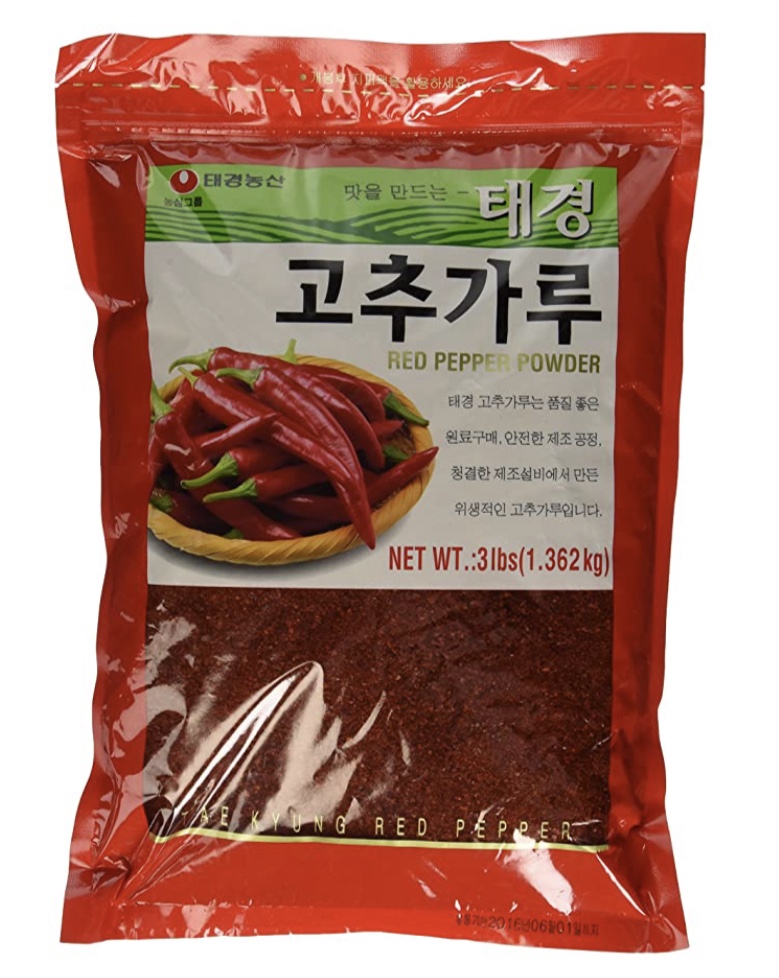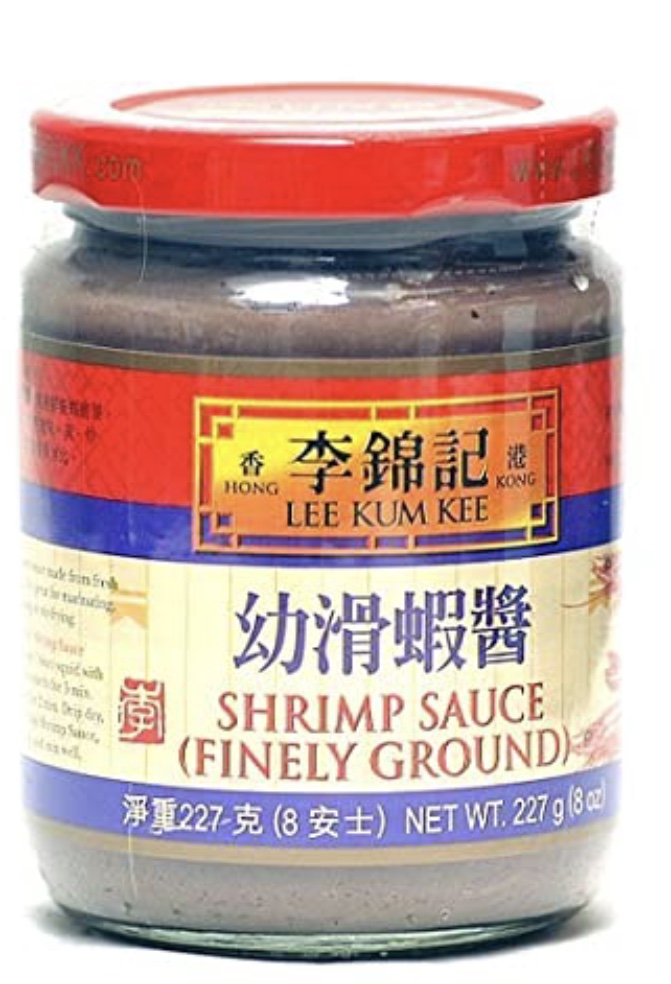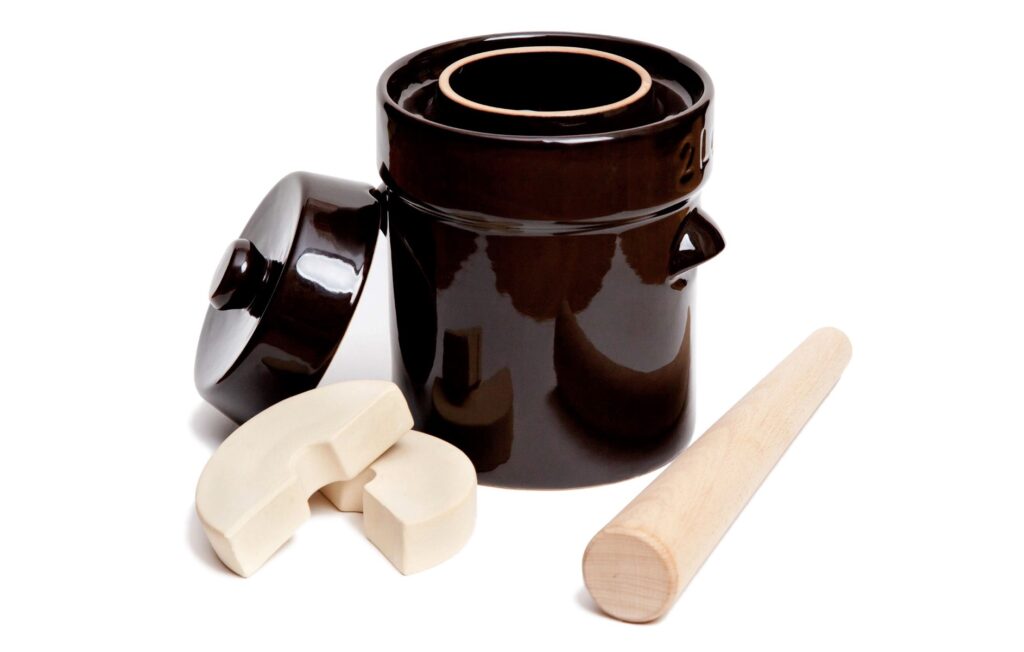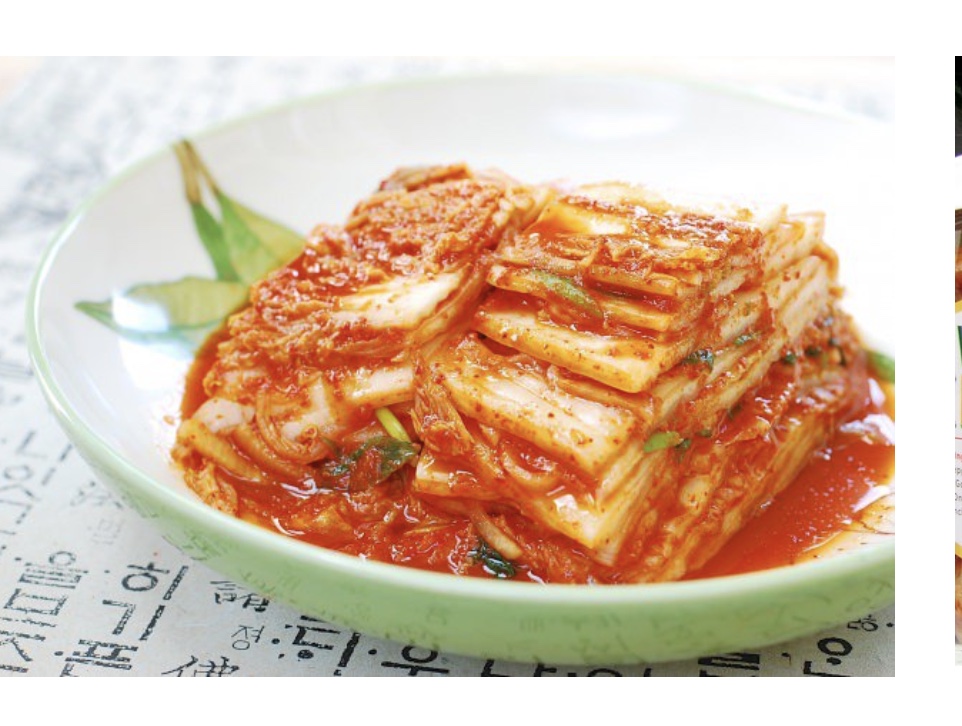Home ? Made Kimchi
Ingredients
1 head of Napa cabbage ?
1/2 cup of salt ?
Enough water ? to cover Napa cabbage
8 Oz of daikon radish (peeled and cup into 2 inch match sticks
4 medium scallions cut into 1 inch segments w/ends trimm
1/3 cup of Korean red pepper powder (I used a little more)
1/4 cup of fish ? sauce
1/4 cup of ginger (minced)
10 garlic ? cloves (minced)
2 teaspoons dried fish (minced)
1 1/2 teaspoons of sugar
Directions:
This easy Kimchi recipe will teach you to make authentic Kimchi (Kimchee) at home. It’s easy to do with these simple steps!
What is Kimchi?
A Superfood, kimchi is a traditional Korean dish of fermented ?cabbage. I like to use the most common of which is napa cabbage and daikon radish. This Korean side dishes presented as part of a meal, it can also be used in a variety of cooked dishes like kimchi fried rice or kimchi quesadillas.

I like to eat following a workout ?️♀️ or a snack between meals. I love ? to make a batch prior to a camping trip and I believe the garlic ? in the kimchi works as an insect ? repellent.
Plan ahead: Kimchi needs time to ferment, so I would recommend starting a batch about a week before you plan to use it. Kimchi will last about a month in the refrigerator.
What to buy: Korean red pepper powder or kochukaru is what gives kimchee its spiciness. I love this spice and use it in my spicy chicken ? wings along side cayenne pepper. It can be found in Korean markets in large resealable plastic bags, in different grades of coarseness and spiciness. Choose a grade based on your personal preference.

Also known as saeujeot, Korean salted shrimp are very small, naturally fermented shrimp that impart authentic flavor to kimchi. They are sold in jars and can be found in the refrigerator case of Korean markets.

Special equipment: You will need a couple of liter glass jars with tight fitting lids to hold the kimchi while it ferments. It’s preferable to not use plastic, as the odors from the kimchi can be hard to remove after the fermenting process.
I recommend investing in a fermenting jar ? which can help in any fermenting foods such as sauerkraut. These jars can be found on Amazon and I always have a batch of kimchi fermenting while we are eating ? a finished batch. PS Kimchi is ready to eat as soon as you finish the recipe. However, it gets better and healthier over time. As a Master fermenter, I recommend trying a fork ? full a day. I believe Benjamin Franklin said, “kimchi a day keeps the doctor ?⚕️ away.”

- Cut the cabbage ? in half lengthwise, then crosswise into 2-inch pieces, discarding the root end. Place in a large bowl, sprinkle with the salt, and toss with your hands until the cabbage is coated. Add enough cold water to just cover (about 12 cups), making sure the cabbage is submerged. I like also pouring some of the salt ? into the water once the cabbage is into the bowl?. I place a plate or sauce upside down And place a can of beans to ensure all cabbage stays submerged. Let sit at room temperature at least 12 hours and up to 24 hours
- Place a colander in the sink, drain the cabbage, and rinse with cold ? water. Gently squeeze out the excess liquid and transfer to a medium bowl; set aside
- Place the remaining ingredients in a large bowl and stir to combine.
- Add the cabbage ? and toss with your hands ? until evenly combined and the cabbage is thoroughly coated with the mixture.
- Pack the mixture tightly into a clean 2-quart or 2-liter glass jar with a tight fitting lid and seal the jar. Or use your fermenting jar. Follow the directions ? on your jar and keep water in lid to allow gas ⛽️ to release.
- Let sit in a cool ?, dark place for 24 hours to a week. The longer the better. It’s a fermented dish. Let is ferment. The mixture may bubble. Open the jar to let the gases escape, then reseal. This step is not needed in a fermentin jar.
- Refrigerate ? at least 24 hours before eating. Remember kimchi is best after fermenting about 1 week. Refrigerate for up to 1 month.

